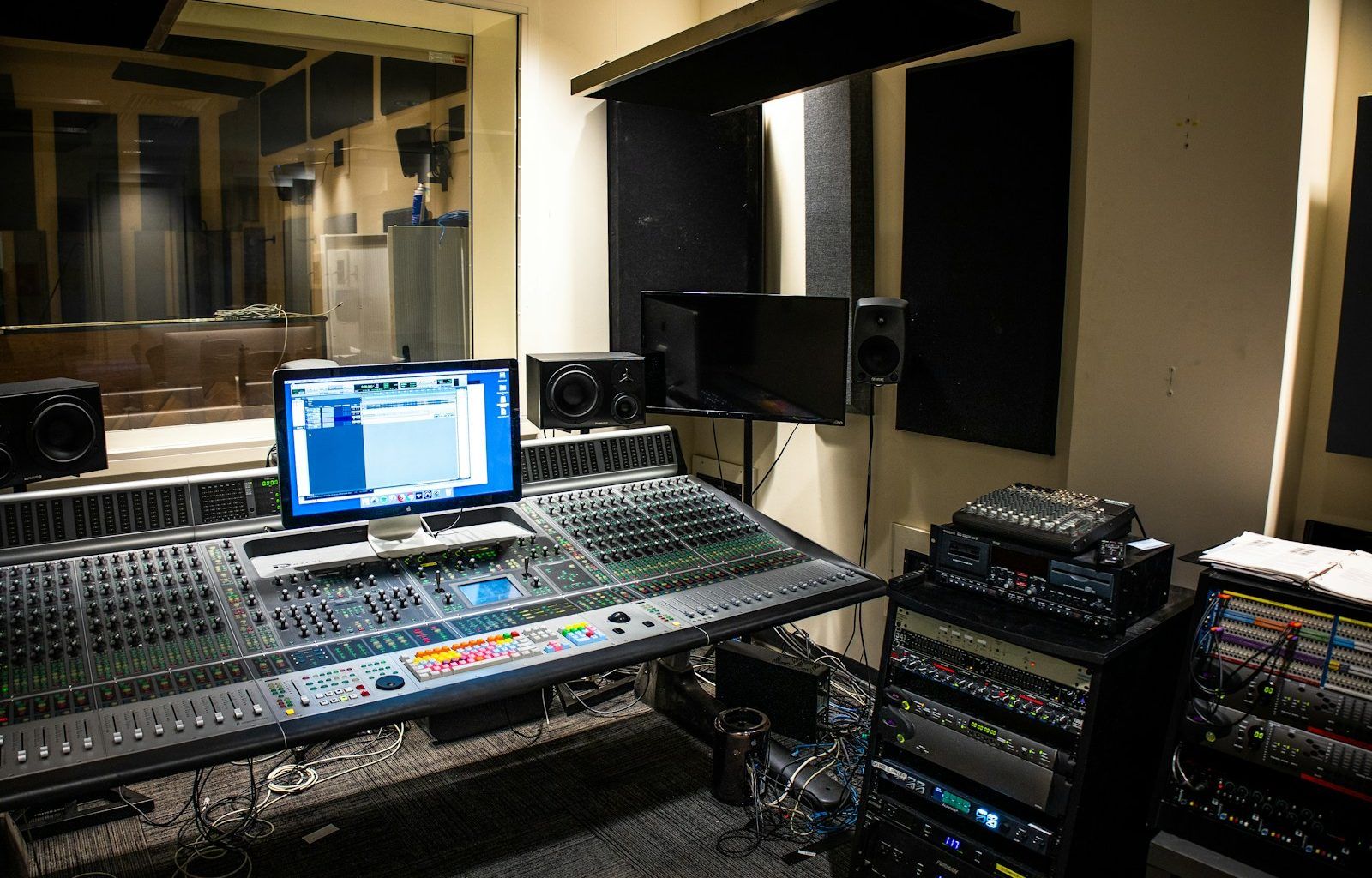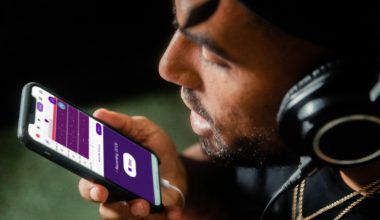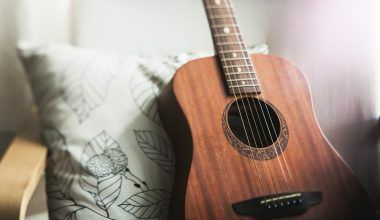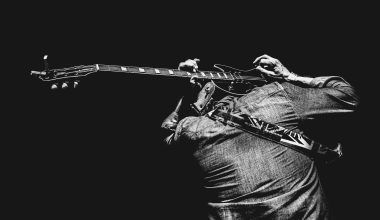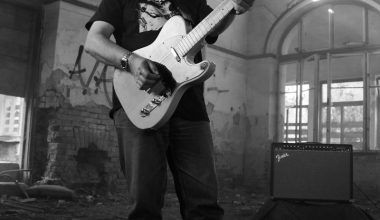Turning Dreams Into Reality Without Breaking the Bank
If you’ve ever dreamed of having your own home studio, you’re not alone. Whether it’s for recording music, producing podcasts, or creating videos, having a personal studio gives you the freedom to work on your craft whenever inspiration strikes. The good news? You don’t need to spend a fortune to make it happen. With smart planning and a little creativity, you can create a home studio on a budget that works for you.
In this guide, we’ll walk you through the essentials, from choosing the right space to finding affordable equipment. By the end, you’ll have a functional, professional-looking studio without emptying your wallet.
Step 1: Finding the Right Space for Your Home Studio
The first step in creating a home studio on a budget is deciding where it will go. You don’t need a big room or fancy space—just something that’s quiet and easy to control. Even a spare corner of a bedroom or a section of your garage can work.
Start by looking for a space with:
- Minimal noise: Avoid areas near busy roads or noisy appliances.
- Good acoustics: Rooms with too many hard surfaces can create echoes. A smaller, carpeted room is often ideal.
- Adequate lighting and ventilation: Natural light can double as your lighting setup, and proper airflow keeps you comfortable during long sessions.
Step 2: Soundproofing on a Shoestring Budget
Once you’ve chosen your space, the next step is controlling the sound. This doesn’t have to mean expensive panels or renovations. There are plenty of budget-friendly ways to soundproof your home studio.
- Seal the gaps: Use weatherstripping or draft stoppers to block sound from escaping through doors and windows.
- Thrift your materials: Hang thick blankets or curtains on the walls. These are excellent at absorbing sound and can often be found second-hand.
- DIY acoustic panels: Foam mattress toppers or egg cartons are an inexpensive way to dampen sound. Attach them to cardboard or wooden frames for a polished look.
Step 3: Setting Up Your Recording Gear
Now comes the exciting part: the gear! To create a home studio on a budget, focus on the essentials and upgrade over time. Here’s a simple checklist:
- Microphone: A good-quality USB microphone can cost as little as $50. Brands like Samson and Audio-Technica offer reliable options at this price point.
- Audio Interface: If you’re using XLR microphones, invest in an affordable interface like the Focusrite Scarlett Solo or Behringer UMC22.
- Headphones: Closed-back headphones like the Audio-Technica ATH-M20X provide clear sound without disturbing others.
- Pop Filter: This is a must for clear vocals. You can even make one yourself with a wire hanger and pantyhose.
Step 4: Budget-Friendly Software and Apps
Professional software doesn’t have to cost a fortune. Many affordable or free options work perfectly for a home studio.
- Recording Software: Start with free programs like Audacity (great for audio) or GarageBand (ideal for Mac users).
- Plugins and Effects: Sites like Plugin Boutique often have discounts or free tools that rival expensive alternatives.
- Video Editing: If your studio is for video production, try free tools like DaVinci Resolve or HitFilm Express.
Step 5: Building a Comfortable and Inspiring Setup
When you’re working in your studio, comfort matters just as much as the gear. An uncomfortable chair or bad lighting can kill your creative flow.
- Desk and Chair: Look for ergonomic furniture at thrift stores or online marketplaces.
- Lighting: LED ring lights or desk lamps are affordable options to improve your studio’s look.
- Cables and Organization: Use zip ties or cable sleeves to keep cords tidy and avoid a cluttered workspace.
Step 6: Enhancing Your Studio Over Time
Creating a home studio on a budget doesn’t mean you’re stuck with the basics forever. As your skills grow, so can your setup. Here’s how to upgrade without overspending:
- Watch for sales: Sites like Amazon and Sweetwater often have discounts on studio equipment.
- Buy used: Check local classifieds or online platforms like eBay for second-hand gear.
- Focus on one upgrade at a time: Whether it’s a better microphone or studio monitors, slowly improving your equipment lets you spread out the cost.
Step 7: Staying Creative Without Overspending
Finally, remember that the best part of having a home studio is the creativity it sparks. Use what you have, experiment with setups, and don’t worry about making it perfect. With consistent effort and resourcefulness, you’ll soon have a space that meets your needs and inspires your work.
Conclusion: Start Small, Dream Big
How to Create a Home Studio in Budget is more than possible—it’s empowering. By focusing on the essentials and thinking creatively, you can build a space that works for your craft without overspending. The best time to start is now, and with these tips, your dream studio is just around the corner.
For further reading, explore these related articles:
For additional resources on music marketing and distribution, visit DMT Records Pvt. Ltd.
